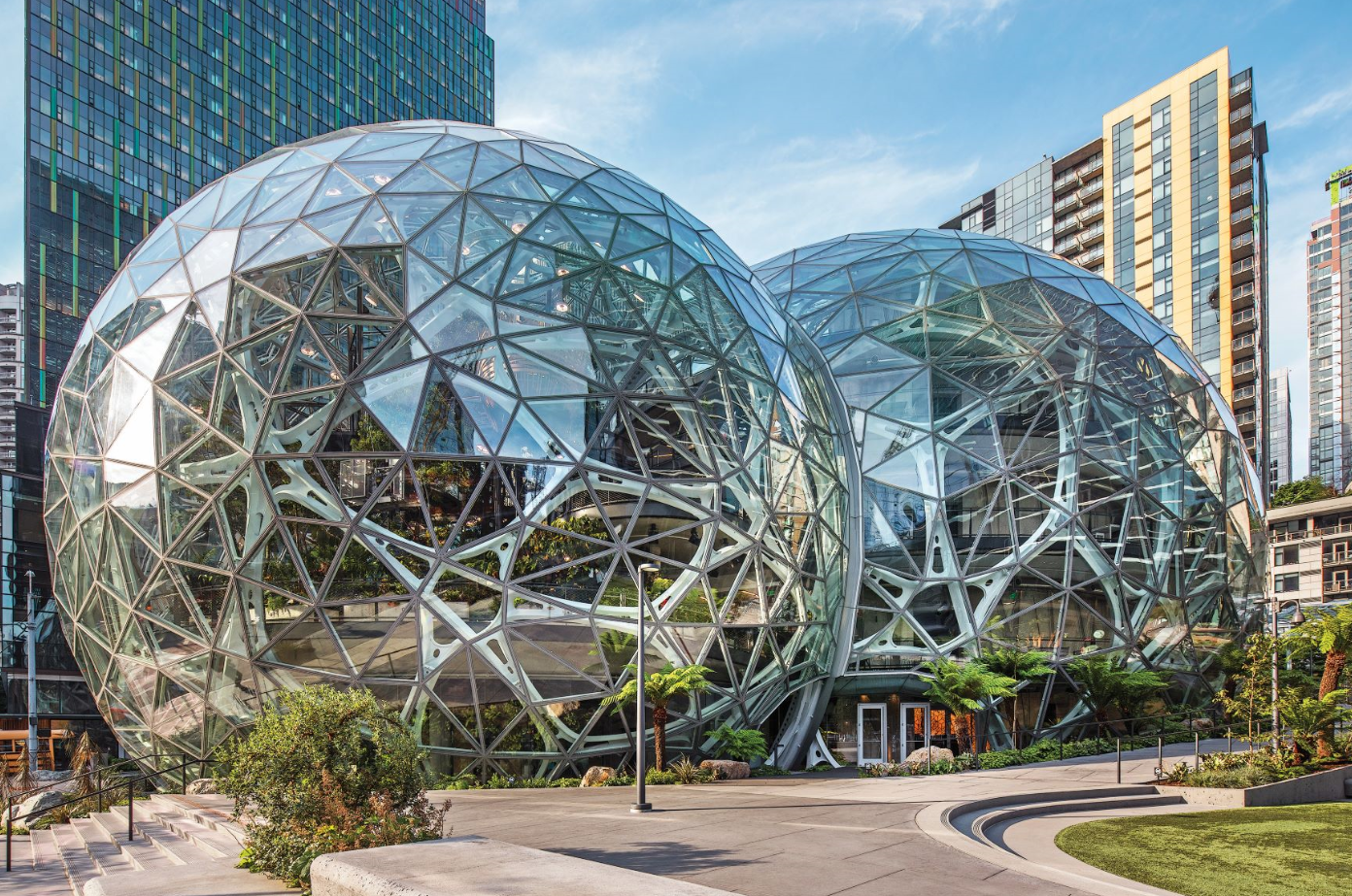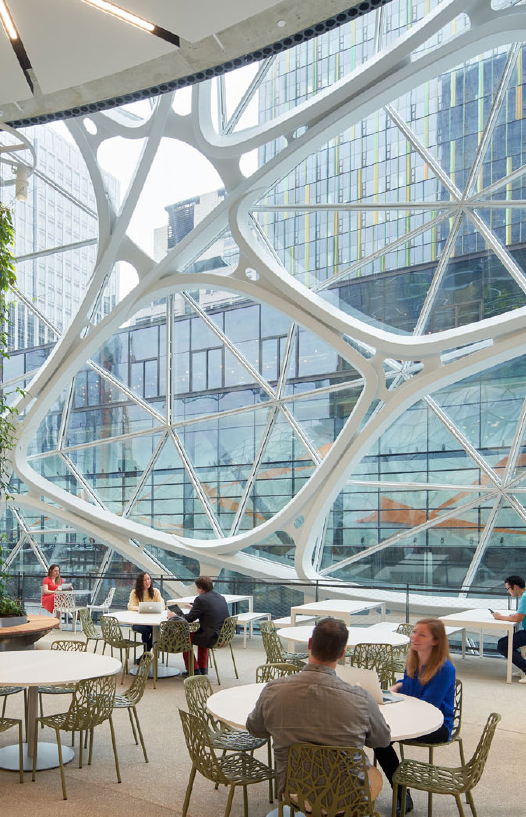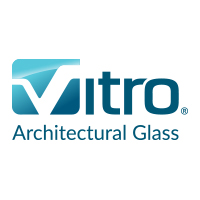The crown jewel of Amazon’s $4 billion Seattle campus is an architectural marvel. Seven years in the making, The Spheres, a trio of conjoined glass domes complete with terraces, waterfall and river features, and a treehouse conference area have transformed the area.
Designed by architectural firm NBBJ to be a “hybrid environment that inspires productivity and collaboration,” the 65,000-square-foot triumvirate required more than 620 tons of steel supported by a concrete base to buttress the triangular double-laminated insulated glass units (IGUs), which were fabricated using four 5-millimeter lites of Starphire Ultra-Clear® glass with a Solarban® 60 solar control low-e coating by Vitro Architectural Glass.
With its complex and distinctive design, The Spheres went beyond the normal bounds of planning, employing a diverse combination of resources, from horticulturalists to façade consultants, to achieve Amazon’s vision.
Architects selected Solarban® 60 Starphire® glass after modeling more than two dozen glass products.
“I Drew a Dome”
A basic sketch got the ball rolling on what The Spheres would eventually look like. “I drew a dome,” said Dale Alberda, principal, NBBJ, “and Amazon immediately gravitated to that.”
The site was initially destined to hold a blocky, six-story building, but eventually the idea of a conservatory emerged, with plans to marry that to an environment where employees could work year-round.
The design team studied several sphere-like conservatories around the world. Because the structure would be housing 40,000 plants, the glass had to allow photosynthesis.
Therefore, maximizing the amount of solar energy while limiting heat was imperative, according to David Sadinsky, senior associate, NBBJ. “Anything we did on the glass or low-e coating that would interfere with that process was a barrier,” he explained. “This led us to look at glass composition, which eventually drove us to a low-iron glass and a low-e coating that allowed a concentrated portion of the solar spectrum to come in while rejecting heat.”
The firm modeled more than two dozen glass products before selecting Solarban® 60 Starphire® glass.
“We selected Starphire® [glass] not only for architectural purposes, but functional as well. Conventional clear glass has a green cast—this is the iron, the reflective surface—that pushes light back out of the building.”
Sadinsky explained that the plants inside The Spheres need more daylight than the Seattle weather usually provides, so Amazon’s horticulture team built a small greenhouse in Woodinville, Washington, to test the glass.
Glass Makes it Possible
Solarban® 60 glass provides visible light transmittance (VLT) of 74 percent and a solar heat gain coefficient (SHGC) of 0.41 when used on Starphire Ultra-Clear® glass in a one-inch insulated glass unit. In addition to enabling photosynthesis, these performance characteristics met the architect’s objectives to control solar heat gain, minimize the need for artificial lighting and provide excellent glare control.
COMPANY CONTACT INFORMATION
1-855-887-6457








